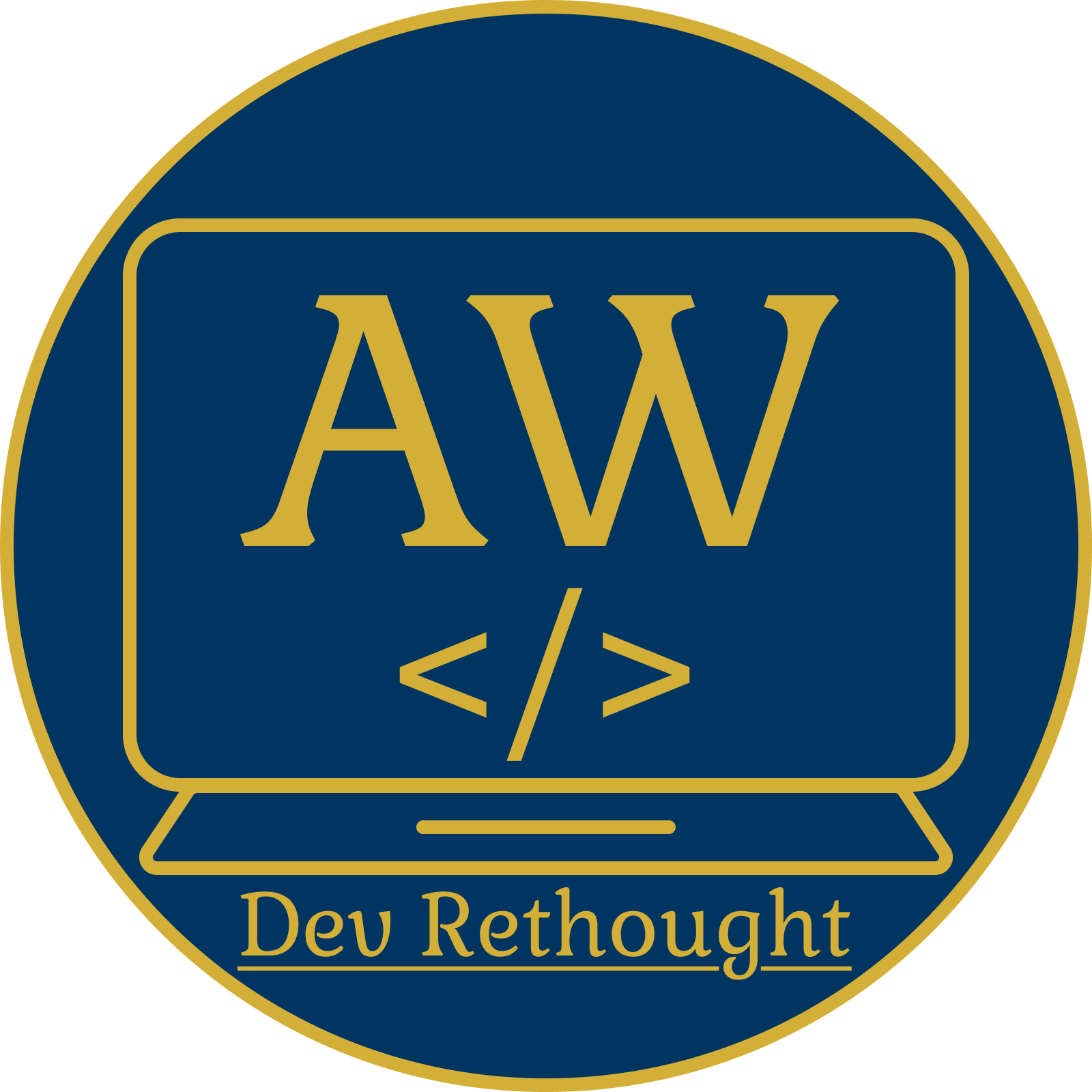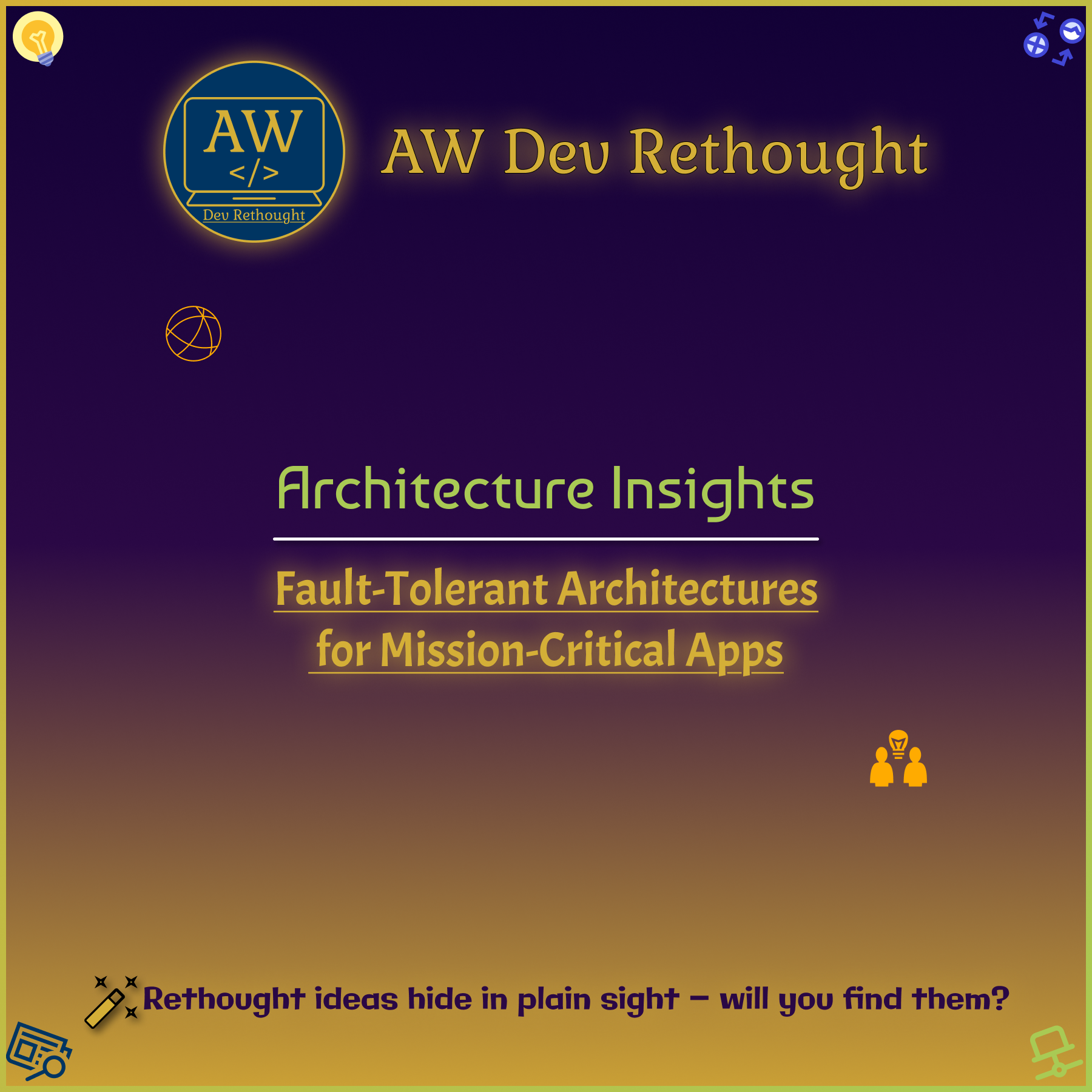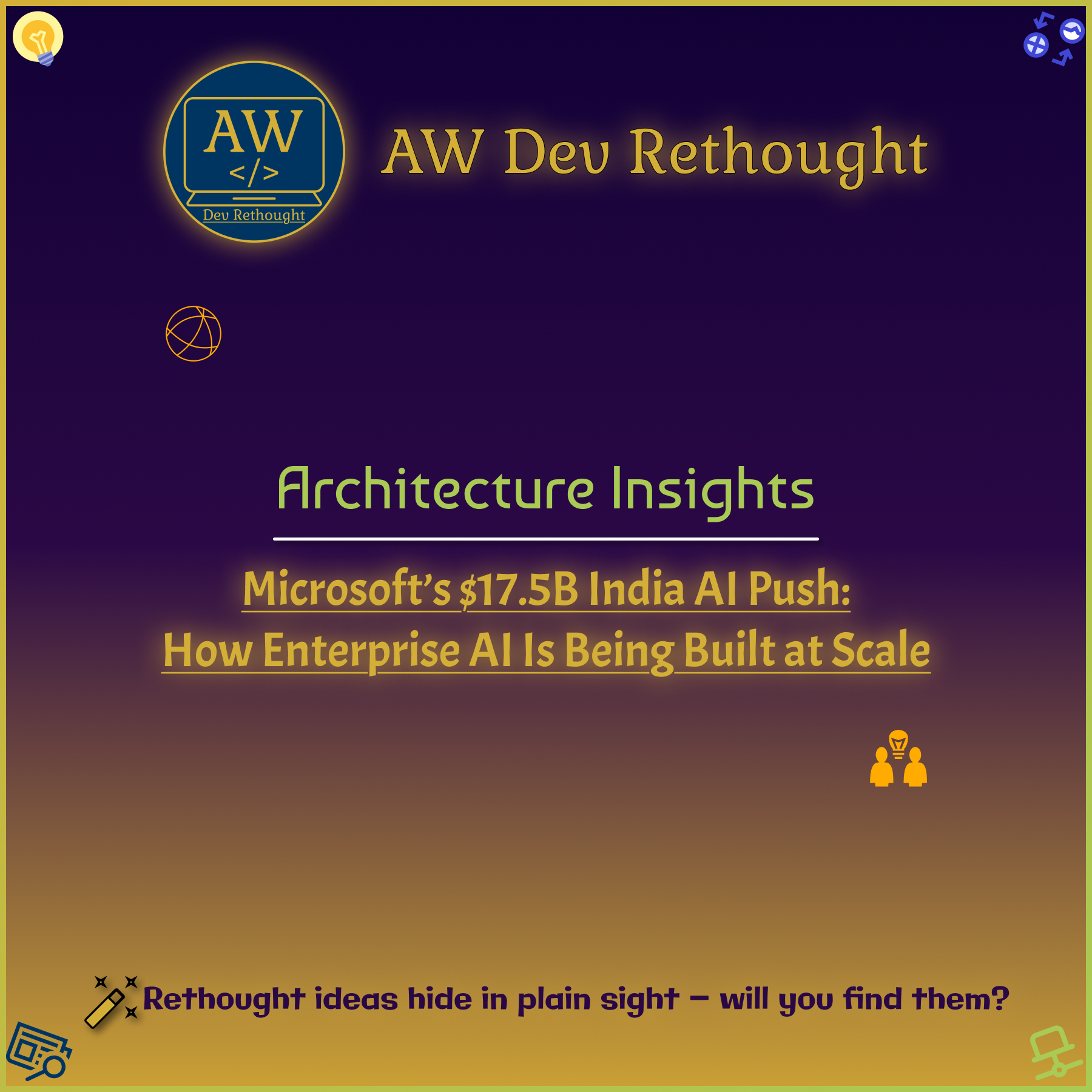Architecture Insights: Event-Driven Architecture Explained Simply
Event-Driven Architecture is a design pattern where events (changes in state or updates) trigger communication between different parts of a system.
- An event is something that happens in the system (like a user placing an order).
- Components that care about that event respond automatically.
How It Works:
- Event Producer: Generates an event (e.g., “Order Placed”).
- Event Broker (optional): A middleware like Kafka, RabbitMQ, or AWS EventBridge routes the event.
- Event Consumers: Services that react to that event (e.g., inventory service, email service).
This creates a loosely coupled system where producers and consumers don’t directly depend on each other.
Why Use Event-Driven Architecture?:
- Scalability: Components scale independently.
- Flexibility: Add or remove consumers without touching existing producers.
- Resilience: One service failing doesn’t break the entire workflow.
Example Use Cases:
- E-commerce: Order events trigger payment processing, inventory updates, and notifications.
- IoT: Sensor events trigger analytics or alerts.
- Financial Services: Transactions trigger fraud checks and reporting.
Quick Diagram:

Figure: Event-Driven Architecture – Producer, Broker, and Consumers
Conclusion:
Event-driven architecture enables responsive, decoupled, and scalable systems. If your application needs to handle asynchronous workflows or integrate multiple independent services, EDA can be a powerful approach.
👉 Want to know when EDA makes sense in real-world systems? Check out our follow-up blog: Event-Driven Architecture — When and Why to Use It
Rethought Relay:
Link copied!
Comments
Add Your Comment
Comment Added!




No comments yet. Be the first to comment!